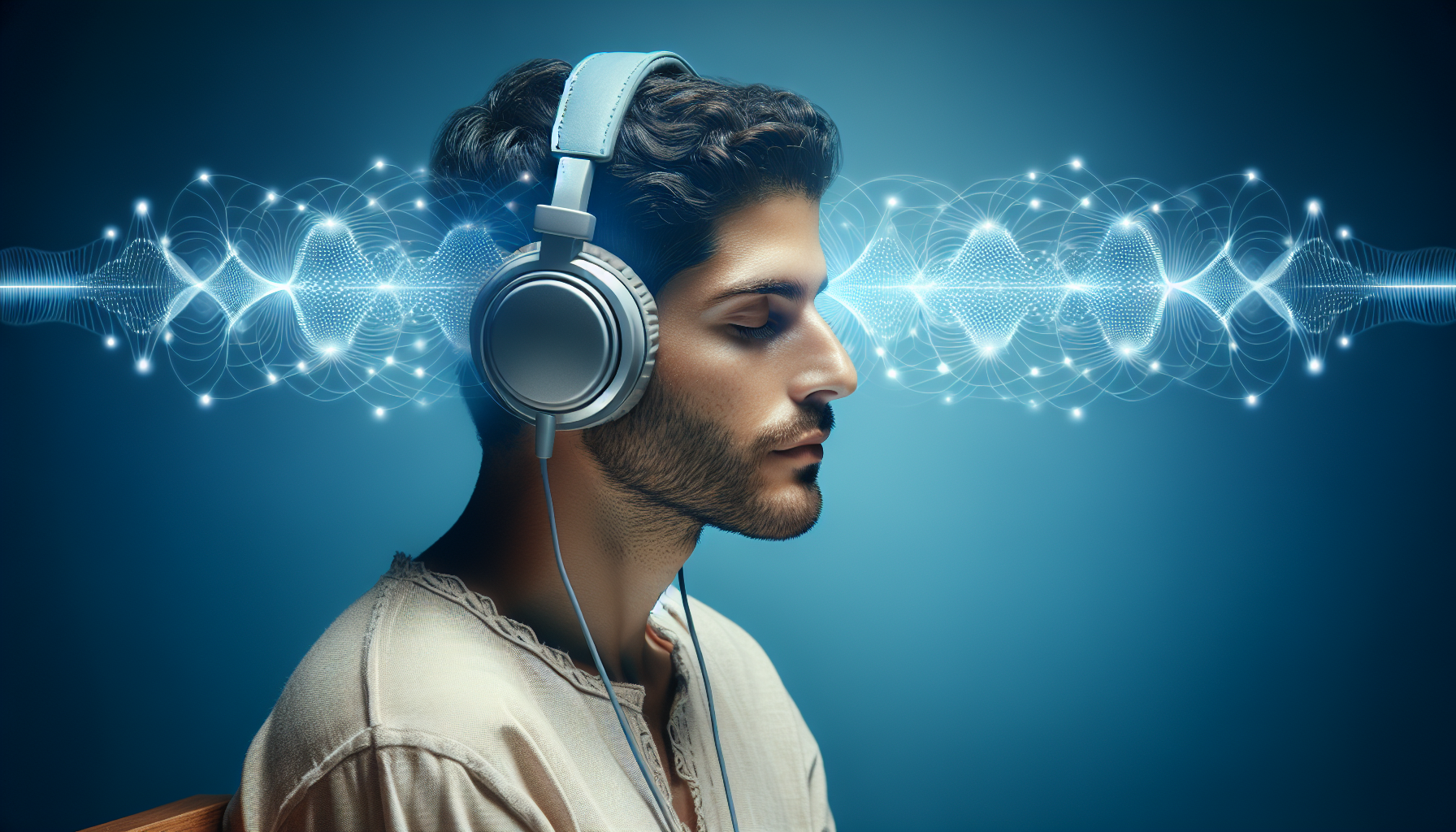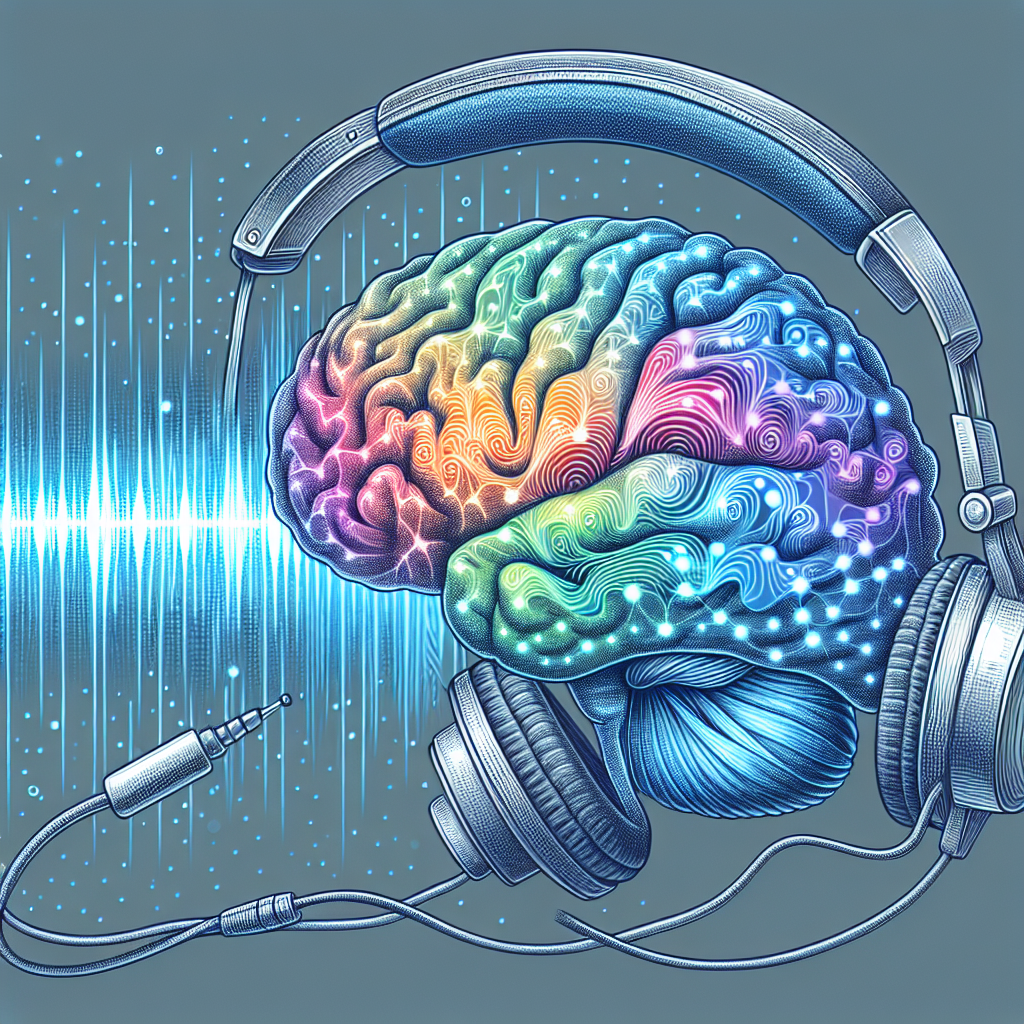Brainwave entrainment, a method that stimulates the brain into entering a specific state using pulsing sound, light, or electromagnetic field, holds significant promise for enhancing health and well-being. This article delves into the science behind brainwave entrainment, its potential health benefits, and how it can be incorporated into daily life to promote cognitive function, reduce stress, and improve overall brain health.
Understanding Brainwave Entrainment
Brainwaves are the rhythmic electrical impulses produced by the brain’s activity. They vary in frequency and are categorized into different types: delta, theta, alpha, beta, and gamma waves. Each of these corresponds to different states of consciousness. Brainwave entrainment works by presenting the brain with a stimulus at a specific frequency, encouraging the brain’s electrical charge to align with the frequency of the stimulus—a process known as the ‘frequency following response.’
The entrainment process can lead to profound changes in brain states, potentially aiding in relaxation, focus, meditation, and sleep. It’s a non-invasive way to potentially influence the electrical patterns of the brain and, by extension, the state of mind.
Health Benefits of Brainwave Entrainment
One of the primary benefits of brainwave entrainment is stress reduction. Stress has a profound impact on brain health, and managing it is crucial for maintaining cognitive functions. By inducing a relaxed state through alpha and theta wave stimulation, brainwave entrainment can help alleviate stress, leading to improved mental health and resilience.
Another area where brainwave entrainment shows promise is in enhancing cognitive function. Strategies for improving concentration and focus often involve training the brain to enter states conducive to learning and productivity. Entrainment can help achieve these states by targeting beta waves, known for their association with alertness and concentration.
Additionally, brainwave entrainment has been linked to improving sleep quality. Delta waves, which dominate during deep sleep, can be encouraged through entrainment, potentially benefiting those with sleep disorders. Moreover, entrainment can support pain management by altering the perception of pain, which is significant considering the relationship between chronic pain and brain health.
Improving mental health, aiding in meditation, and potentially accelerating learning are also areas where brainwave entrainment could be beneficial. For individuals struggling with mental health issues, the induced relaxation state can offer a reprieve from symptoms of anxiety and depression. For those interested in meditation, entrainment can help achieve deeper states of relaxation and mindfulness.
How Brainwave Entrainment Works
Brainwave entrainment typically employs audio or visual stimuli with a pulsing beat or flicker at a set frequency. Binaural beats, monaural beats, and isochronic tones are common audio methods used for entrainment. Binaural beats involve playing two slightly different tones in each ear, the brain then perceives a third tone at the difference of the frequencies, leading to entrainment. Monaural beats combine two tones before they reach the ear, creating a perceivable pulse or beat. Isochronic tones use a single tone that turns on and off at regular intervals. For visual entrainment, stroboscopic lights or visual patterns are used to achieve similar effects.
Technology plays a crucial role in delivering these stimuli, and technological advancements in brain health monitoring have made it possible to personalize entrainment programs to individual needs. Devices such as EEG headsets can measure brainwave activity in real-time, allowing for a tailored entrainment experience.
Applications and Considerations
When considering brainwave entrainment, it’s important to understand that while it has potential, it is not a cure-all. It should complement other health practices and, when possible, be approached under the guidance of a healthcare professional, especially for those with pre-existing neurological conditions.
Incorporating brainwave entrainment into daily routines can be straightforward. Many apps and audio tracks are available that can be used during meditation, work, or before sleep. It’s advisable to start with shorter sessions to gauge how one responds to the entrainment and to avoid any potential discomfort.
Research and External Resources
The body of research on brainwave entrainment is growing, with studies exploring its effects on memory, attention, stress, and pain management. Several external resources provide in-depth scientific insights into this field:
- A study published in the journal Neuroscience & Biobehavioral Reviews examines the impact of auditory beat stimulation on cognitive performance and mood. View the study.
- Research in the Journal of Neural Engineering explores the use of EEG brain-computer interfaces in conjunction with brainwave entrainment for therapeutic applications. Explore the research.
- A comprehensive review on the therapeutic effects of brainwave entrainment can be found in the Frontiers in Human Neuroscience. Read the review.
It is important to note that while brainwave entrainment shows potential, further research is needed to fully understand its capabilities and limitations.
Conclusion
Brainwave entrainment represents a fascinating intersection between technology and cognitive health. Its potential to influence brain states makes it a valuable tool for stress reduction, cognitive enhancement, and overall well-being. By integrating brainwave entrainment with other health practices, individuals can take an active role in managing their mental health and cognitive performance. As research continues to evolve, so too will the applications of this innovative approach to brain health.
For those looking to explore more about maintaining a healthy brain throughout life, additional resources on brain health can be found at Avix Health. Whether it’s understanding the effects of stress, enhancing cognitive function with supplements, or exploring the brain-gut microbiome connection, there’s a wealth of knowledge to be discovered.



